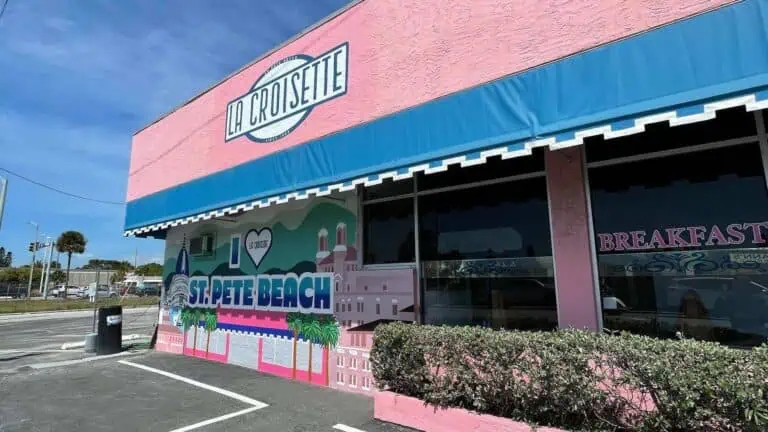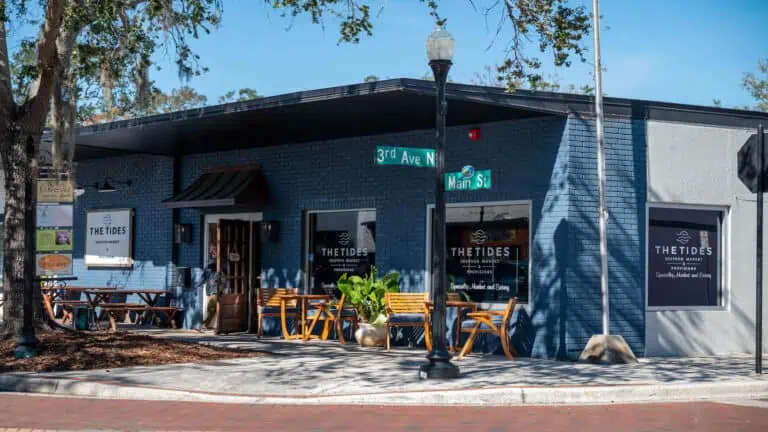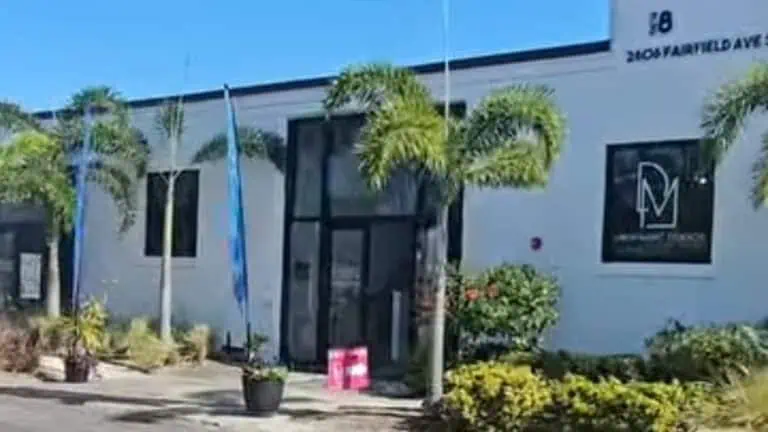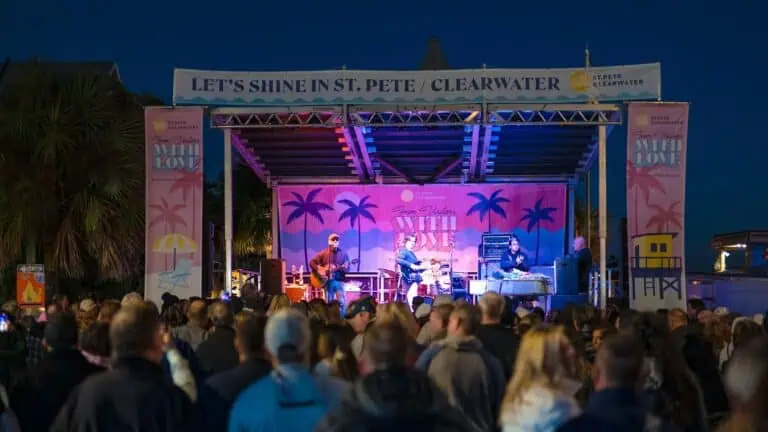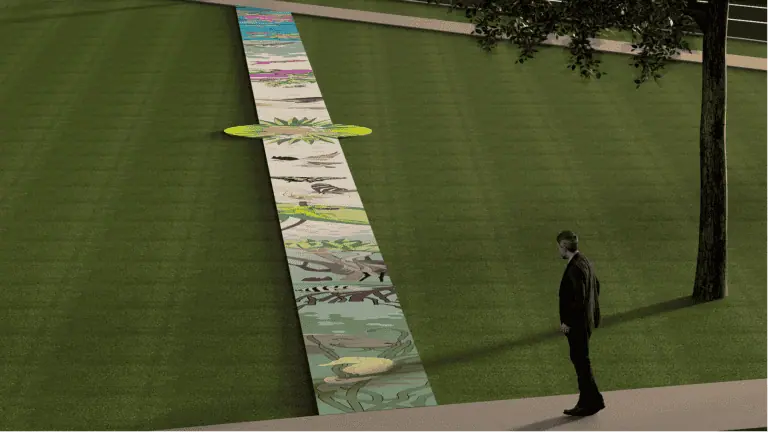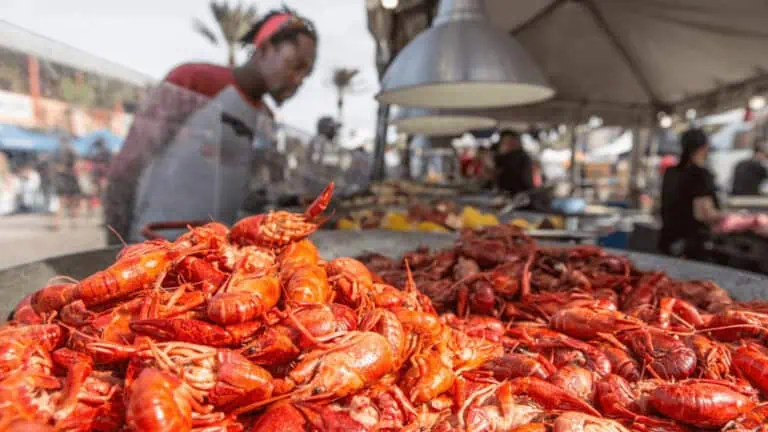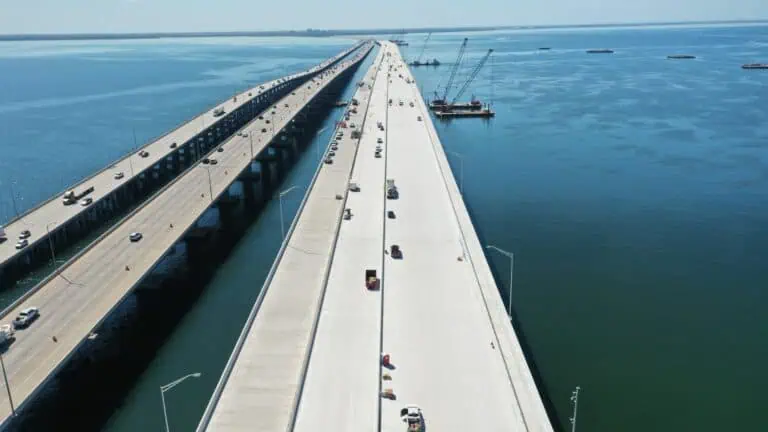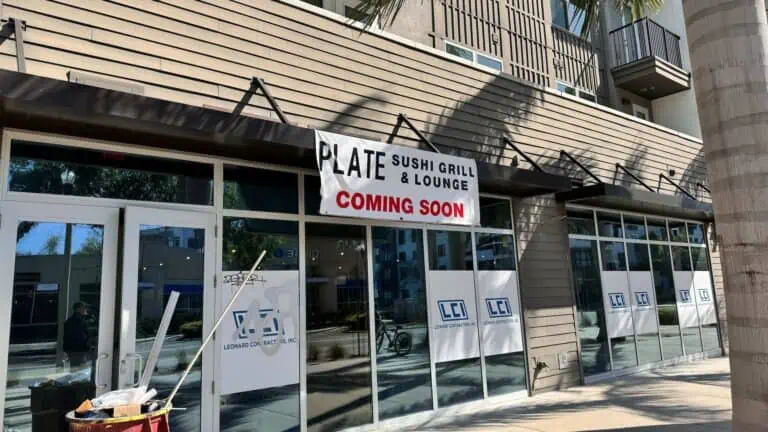Former Director of the Morean Center for Clay, Valerie Scott Knaust, recounts that a worker once asked, “Why is there a section of concrete wall outside? It blocks the breeze.” The wall in question consists of three slabs of concrete, each measuring 8′ x 3′ x 3″ and weighing 800 lbs. These slabs have blocked more than just the breeze during their 64-year history.
The slabs are a segment of the Berlin Wall, which once separated West Berlin and the Federal Republic of Germany (FRG) from East Berlin and the German Democratic Republic (GDR). The GDR built the wall under the guise that it was to prevent the so-called evil Western Allies from stopping their efforts to create a perfect communist society. The propaganda claimed the wall was meant to block entry, but in reality, it prevented Eastern people from escaping.
ADVERTISEMENT
From 1961 to 1989, a 100-mile stretch of concrete encircled West Berlin, reinforced with barbed wire, spikes, metal gratings, and vehicles turned into obstacles. Guard towers punctuated the Berlin Wall every 250 meters. Escapees often tried to flee through a section known as “Checkpoint Charlie.” The section at the Morean Center for Clay is believed to be from near Checkpoint Charlie, symbolizing both segregation and freedom.
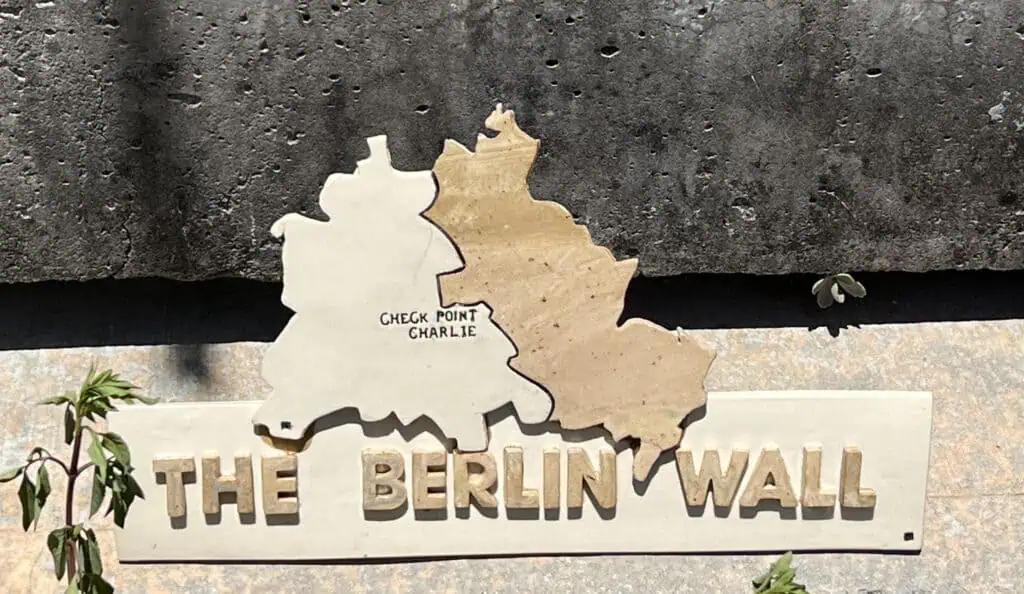
How did a section of the Berlin Wall end up in St. Pete?
Dr. Rainer Hildebrandt, founder and former director of the Checkpoint Charlie Museum in Berlin, originally salvaged the slabs. In 1990, Hildebrandt commissioned three Russian artists to go to Berlin and paint impressionistic works on 114 fragments of the Berlin Wall. He collected around 320 pieces of the wall, but due to budgeting issues, he had to sell the collection.
After the sale, the collection remained forgotten and unused for 15 years. Enter Jay Goulde, former Executive Director of the Outdoor Arts Foundation. According to a 2007 issue of the St. Petersburg Times, members of the Outdoor Arts Foundation unloaded 130 pieces of the wall in Safety Harbor, FL, in July of that year.
Beyond the Wall in the ‘Burg
The purchase was part of a local and national art project that used wall fragments as historical mediums for artists. Local artists Robert Stackhouse and Carol Mickett from St. Petersburg, FL, as well as Ybor City painter Theo Wujick, painted on these fragments. Former Director of the Morean Center for Clay, Valerie Scott Knaust, also contributed. She tells me she and her class together sculpted a dove that appeared to break out through a hole in one of the concrete fragments.
The pieces were unveiled during an exhibition titled “Beyond The Wall” in Tampa Bay in 2008, while the painted fragments by the Russian artists from 1990 were displayed in a separate show at the Syd Entel Galleries.
A forgotten monument in St. Pete
In a 2007 interview with The Tampa Tribune, Jay Goulde, former Executive Director of the Outdoor Arts Foundation, said, “We’re using the fall of the wall to show how removing oppressive barriers can promote freedom and democracy.”
The three slabs of concrete outside the Morean Center for Clay were not part of the official cultural art project. Instead, they were framed in steel to serve as a monument, ensuring their significance is not forgotten.
Although the slabs were not used in the main art project, they once had remnants of paint—illegible scrawl from when the slabs originally stood in West Berlin. The paint and scrawl have faded away, like the history of how the slabs arrived here, burned off in the hot sun.
ADVERTISEMENT










